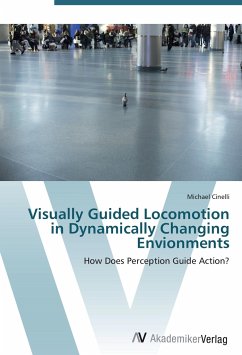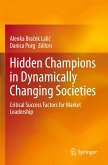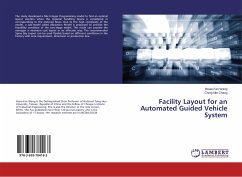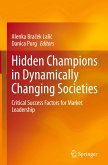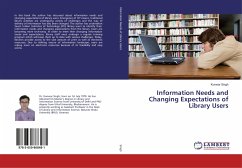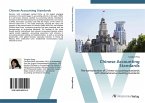Revision with unchanged content. Goal-directed locomotion requires the integration of the visual, vestibular, and proprioceptive systems. Vision is the only modality of these three sensory systems that provides information at a distance for proactively controlling locomotion. The visual system can provide information about self-motion, about body position and body segments relative to one another and the environment. Gibson (1979) developed the idea that everyday behaviour is controlled by perception-action coupling between an action and some specific information picked up from the optic flow that is generated by that action. Such that visual perception guides the action required to navigate safely through an environment and the action in turn alters perception. The objective of this dissertation was to determine how well perception and action are coupled when approaching and walking through moving doors with dynamically changing apertures. This type of behaviour is similar to walking around cluttered environments (i.e. train stations) without colliding into other people or objects.
Hinweis: Dieser Artikel kann nur an eine deutsche Lieferadresse ausgeliefert werden.
Hinweis: Dieser Artikel kann nur an eine deutsche Lieferadresse ausgeliefert werden.

